Mercedes-Benz EQC is a monumental EV debut
Mercedes-Benz EQC is a big, burly SUV and the brand’s first pure electric, mass production vehicle, but is already joined by a growing, variously sized, electric family

We’re a little late to explore Mercedes-Benz’s first attempt at a pure electric, mass production vehicle. The new Mercedes-Benz EQC is a big, burly SUV, roughly equivalent in size and price to the current GLE model. This in turn is the modern-day evolution of Mercedes’ debut SUV, the ML, which launched all the way back in 1997. For a time, the EQC stood alone as the only pure electric car in the company’s line-up (alongside several plug-in hybrid models), the first of ten planned EVs in the EQ series that are set to be launched in the next couple of years. The big hitter, the EQS, is also with us, an impressive electric reimagination of Mercedes’ flagship S-Class saloon. There’s also the smaller EQA, EQB, EQE and EQV, implying that the company is hellbent on following its long-standing system of similarly styled but slightly differently sized cars.
Like all car makers, it’s starting its EV journey at the top of the market; as battery tech and margins improve, you can expect electric Mercedes to get smaller and smaller.
Mercedes-Benz EQC
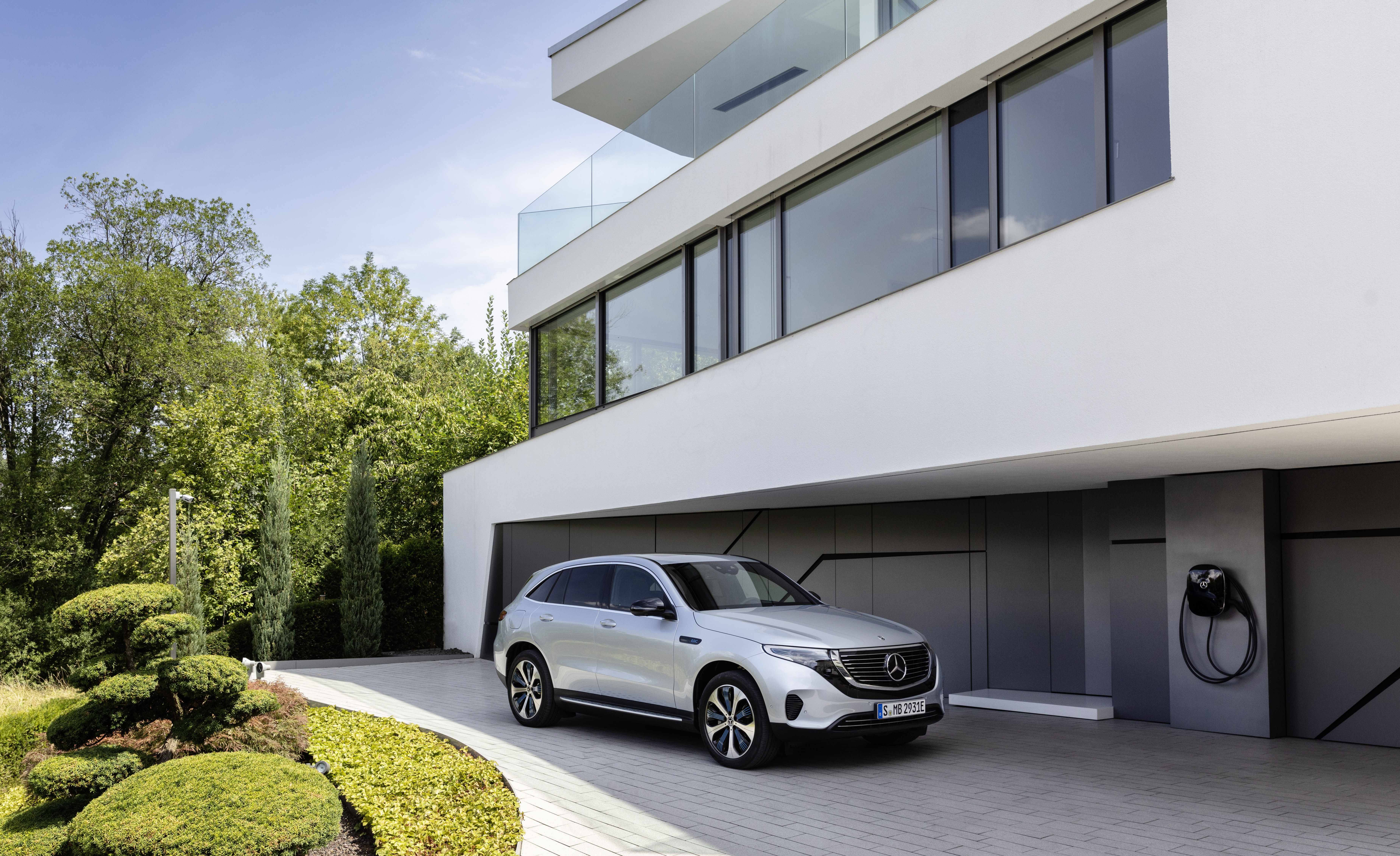
The EQS is an American-scale SUV – that is to say, it is absolutely massive. The exterior design has a slippery, slightly soap-bar like character that appears to have had some of its detailing worn away. Gone are the instant visual signifiers that scream ‘Mercedes’, even the three-pointed star looks slightly lost in the glass-encircled grille.
The company was an early master of the art of consistent, corporate design. Mercedes imbued its entire fleet of vehicles with a set of scalable visual values that ensured even the smallest cars in its range shared DNA with their more refined stablemates. In the past two decades, the arrival of SUVs and crossovers has muddied the clear waters of car design and its simple hierarchies. These days, small cars still ape their elder siblings, but the imitation is paler and the flattery less sincere.


The EQC’s unassuming exterior is countered by a very stylish cabin design, dominated by a dashboard-wide screen that feels sufficiently futuristic. Refinement is top notch, although there’s no disguising the weight of the batteries over bumps and rough roads. At a shade under 260 miles, the range is best described as adequate, although fast-charge compatibility with the expanding IONITY network will ease the inevitable range anxiety (many owners will doubtless have access to their own charge box).
In the meantime, you get the satisfying feeling of boosting driving efficiency through the paddle-mounted regeneration function – click to increase the amount of kinetic energy the brakes pump back into the batteries. There’s also an array of sensor-driven systems that will automatically eke out as much battery life as possible, sifting through data from satnav, radar systems and speed limit info and making the necessary invisible adjustments.
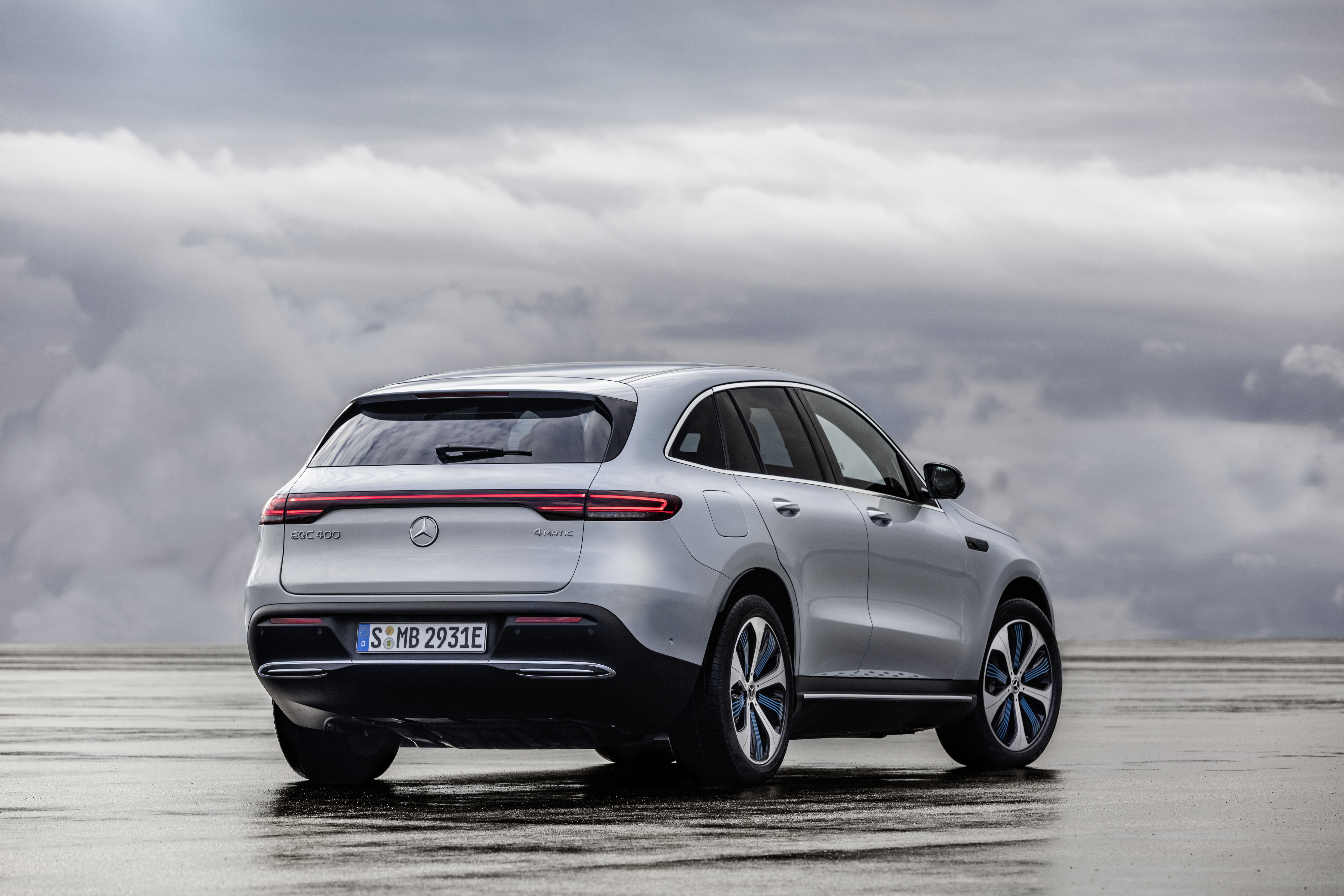
For the time being, switching to electric is still a consumer choice, but it won’t be for very much longer. More affordable EVs are appearing all the time, although in the world of Mercedes, even its smallest electric cars tend to have premium prices. Mercedes is a strong player in mass-market luxury, and its broad sweep of EVs should retain the prestige (and price) the marque has always commanded.
Receive our daily digest of inspiration, escapism and design stories from around the world direct to your inbox.
The Mercedes-Benz EQC might be full of advanced technology, but it still commands attention like a traditional brawny SUV, not a mobility pioneer.
INFORMATION
Mercedes EQC400 4Matic, from £65,720
Jonathan Bell has written for Wallpaper* magazine since 1999, covering everything from architecture and transport design to books, tech and graphic design. He is now the magazine’s Transport and Technology Editor. Jonathan has written and edited 15 books, including Concept Car Design, 21st Century House, and The New Modern House. He is also the host of Wallpaper’s first podcast.
-
 New tech dedicated to home health, personal wellness and mapping your metrics
New tech dedicated to home health, personal wellness and mapping your metricsWe round up the latest offerings in the smart health scene, from trackers for every conceivable metric from sugar to sleep, through to therapeutic furniture and ultra intelligent toothbrushes
-
 Out of office: The Wallpaper* editors’ picks of the week
Out of office: The Wallpaper* editors’ picks of the week'Tis the season for eating and drinking, and the Wallpaper* team embraced it wholeheartedly this week. Elsewhere: the best spot in Milan for clothing repairs and outdoor swimming in December
-
 How Stephen Burks Man Made is bringing the story of a centuries-old African textile to an entirely new audience
How Stephen Burks Man Made is bringing the story of a centuries-old African textile to an entirely new audienceAfter researching the time-honoured craft of Kuba cloth, designers Stephen Burks and Malika Leiper have teamed up with Italian company Alpi on a dynamic new product
-
 Gorden Wagener leaves the helm of Mercedes-Benz design after 28 years with the company
Gorden Wagener leaves the helm of Mercedes-Benz design after 28 years with the companyThe German designer is stepping down from the role of chief design officer at Mercedes-Benz. We look back at his influence and impact on the world of automotive and luxury design
-
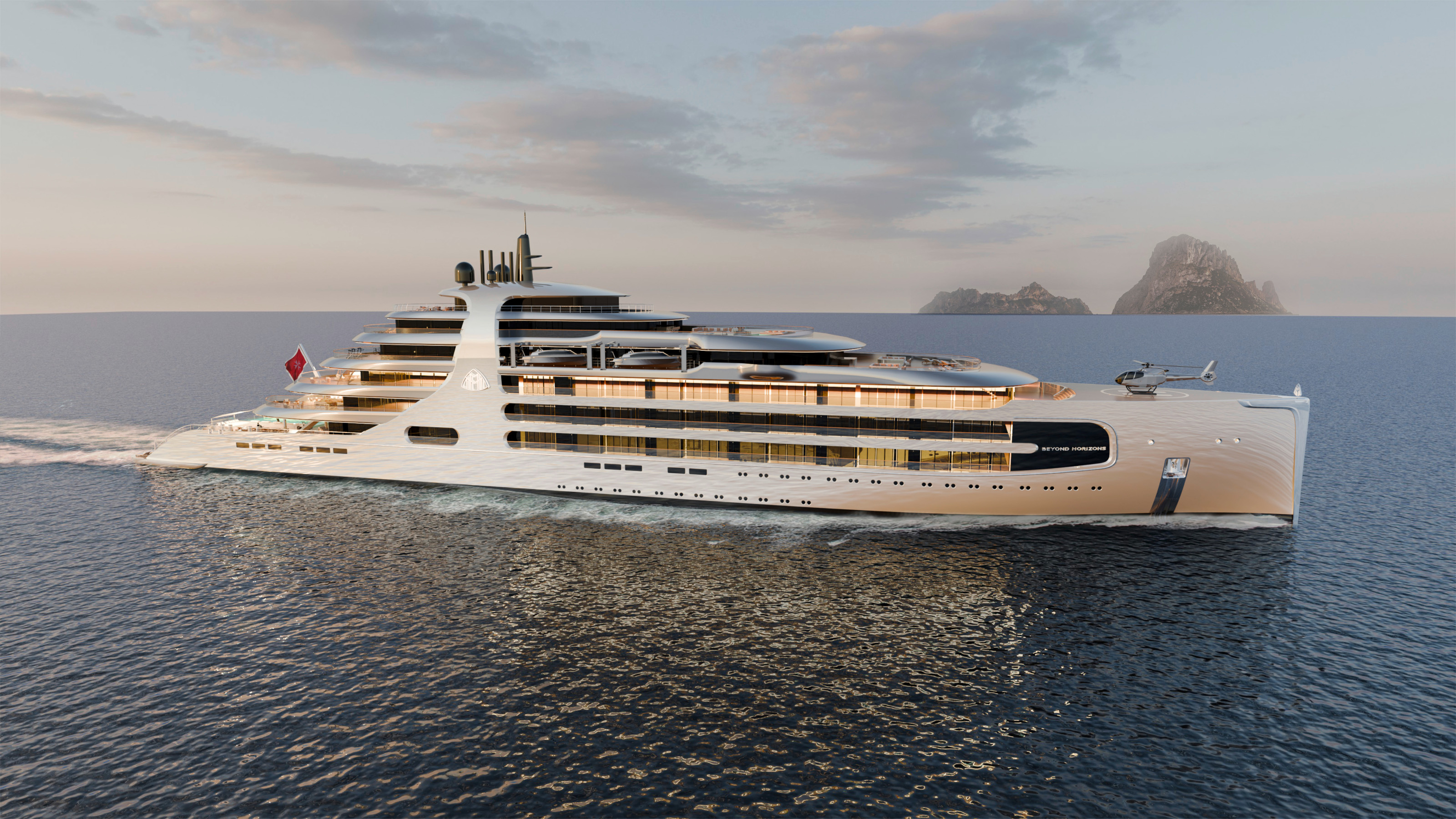 The Maybach Ocean Club is a floating members’ club for the super-rich
The Maybach Ocean Club is a floating members’ club for the super-richMercedes-Benz Design has announced the upcoming Maybach Ocean Club, a ship-based enclave inspired by automotive luxury
-
 Rivian hits Miami Art Week to release R1S Quad Miami Edition, a new colour and a scent
Rivian hits Miami Art Week to release R1S Quad Miami Edition, a new colour and a scentVivid sights and evocative smells are part of Rivian’s quest to humanise its all-electric SUVs
-
 RBW EV brings a much-loved classic sports car aesthetic into the modern era
RBW EV brings a much-loved classic sports car aesthetic into the modern eraThe RBW Roadster and GT hark back to a golden age of sports car design. Under the skin, these British-built machines feature bespoke all-electric running gear
-
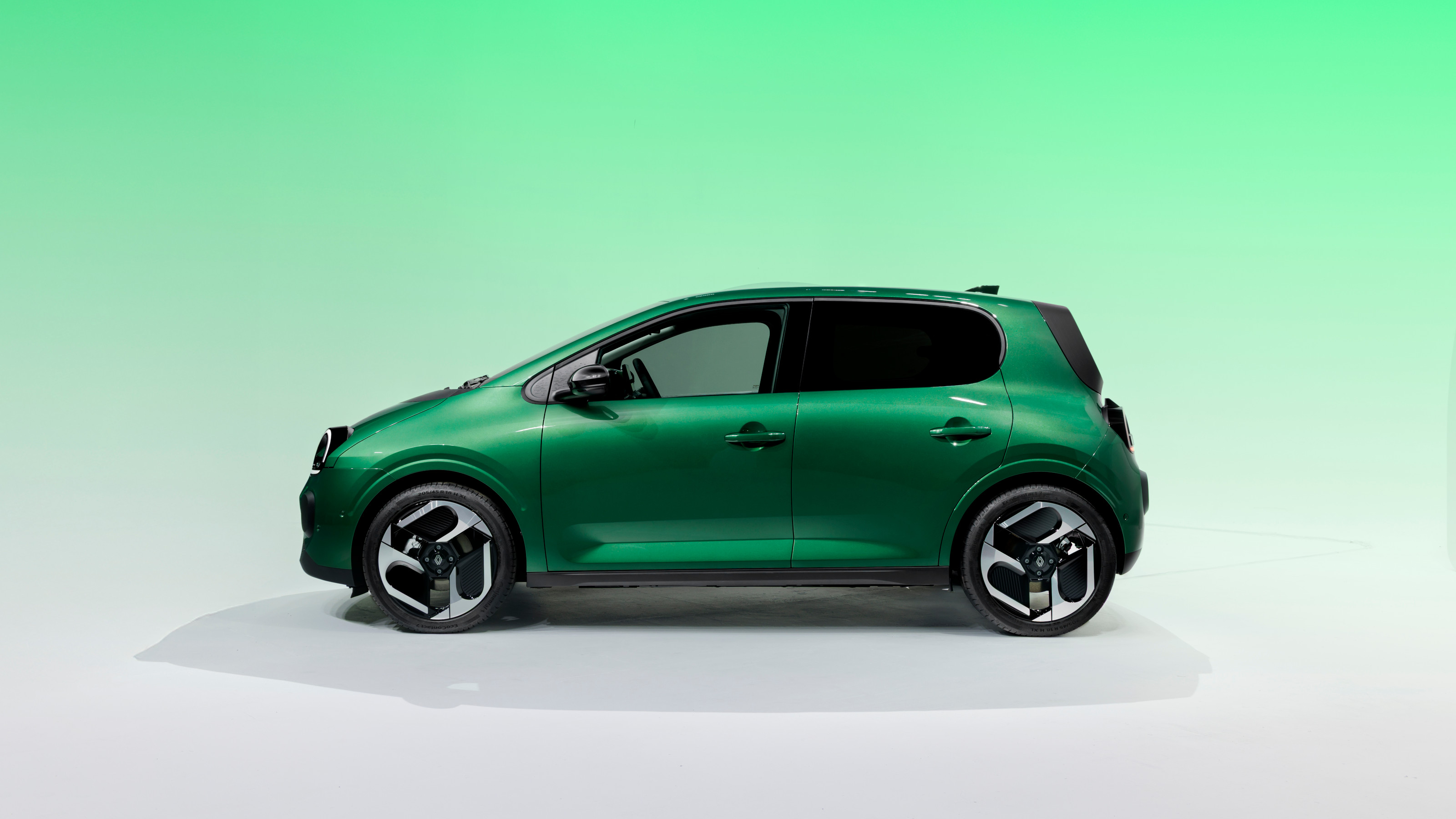 All hail the compact new Renault Twingo E-Tech – the city car is back in style
All hail the compact new Renault Twingo E-Tech – the city car is back in styleRenault continues to pay homage to its heritage by combining it with 21st-century technology. The new Twingo E-Tech is another winner
-
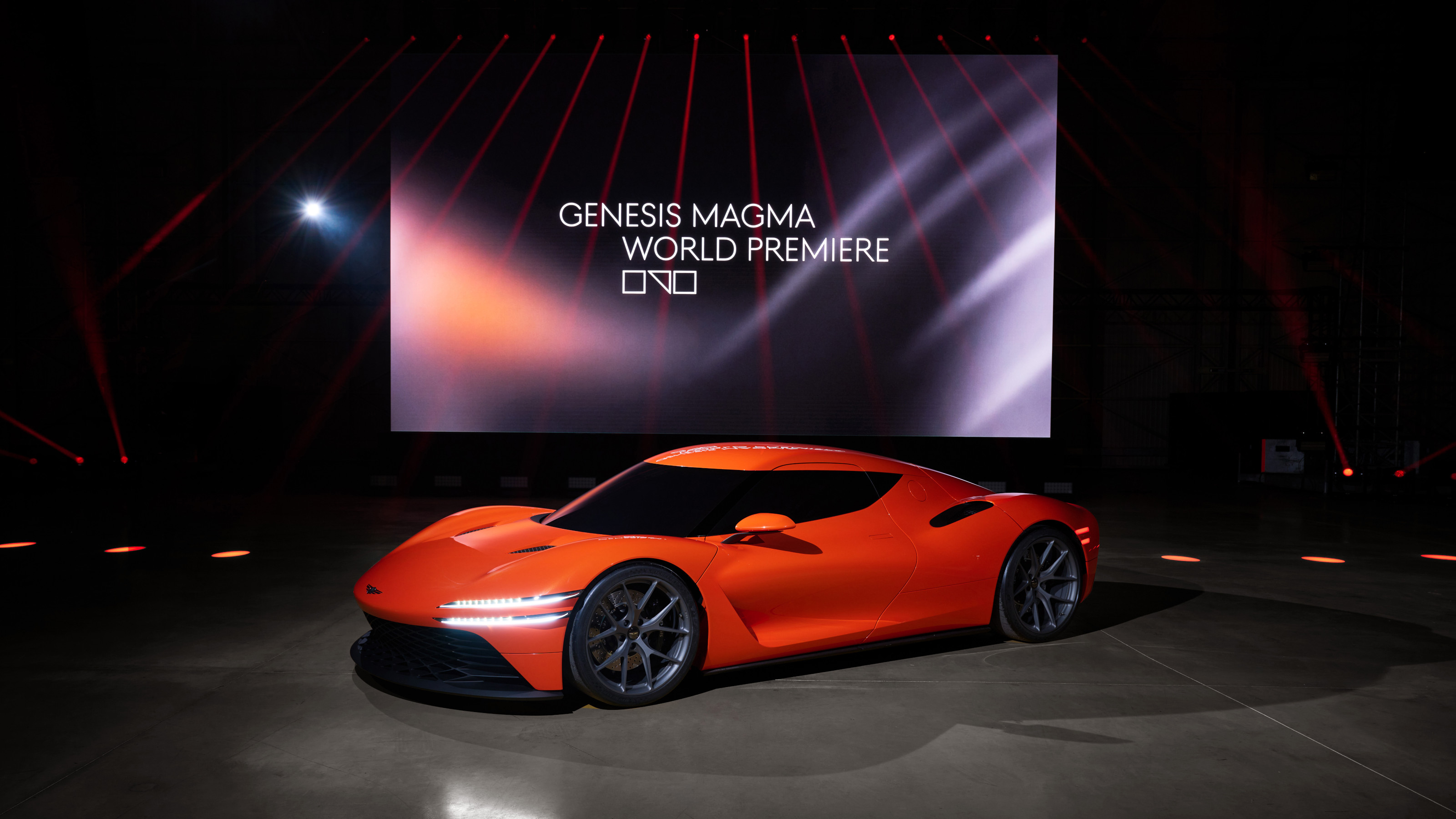 Genesis turns up the heat with its new Magma performance sub-brand
Genesis turns up the heat with its new Magma performance sub-brandGenesis has revealed the hot new GV60 Magma and striking Magma GT Concept in its quest to own luxury performance
-
 Around London in sybaritic silence with the majestic all-electric Lunaz Phantom V
Around London in sybaritic silence with the majestic all-electric Lunaz Phantom VClassic electrifier Lunaz has turned its skilled hands to the Rolls-Royce Phantom V. We sample the ultimate in zero-emission luxury on the streets of London
-
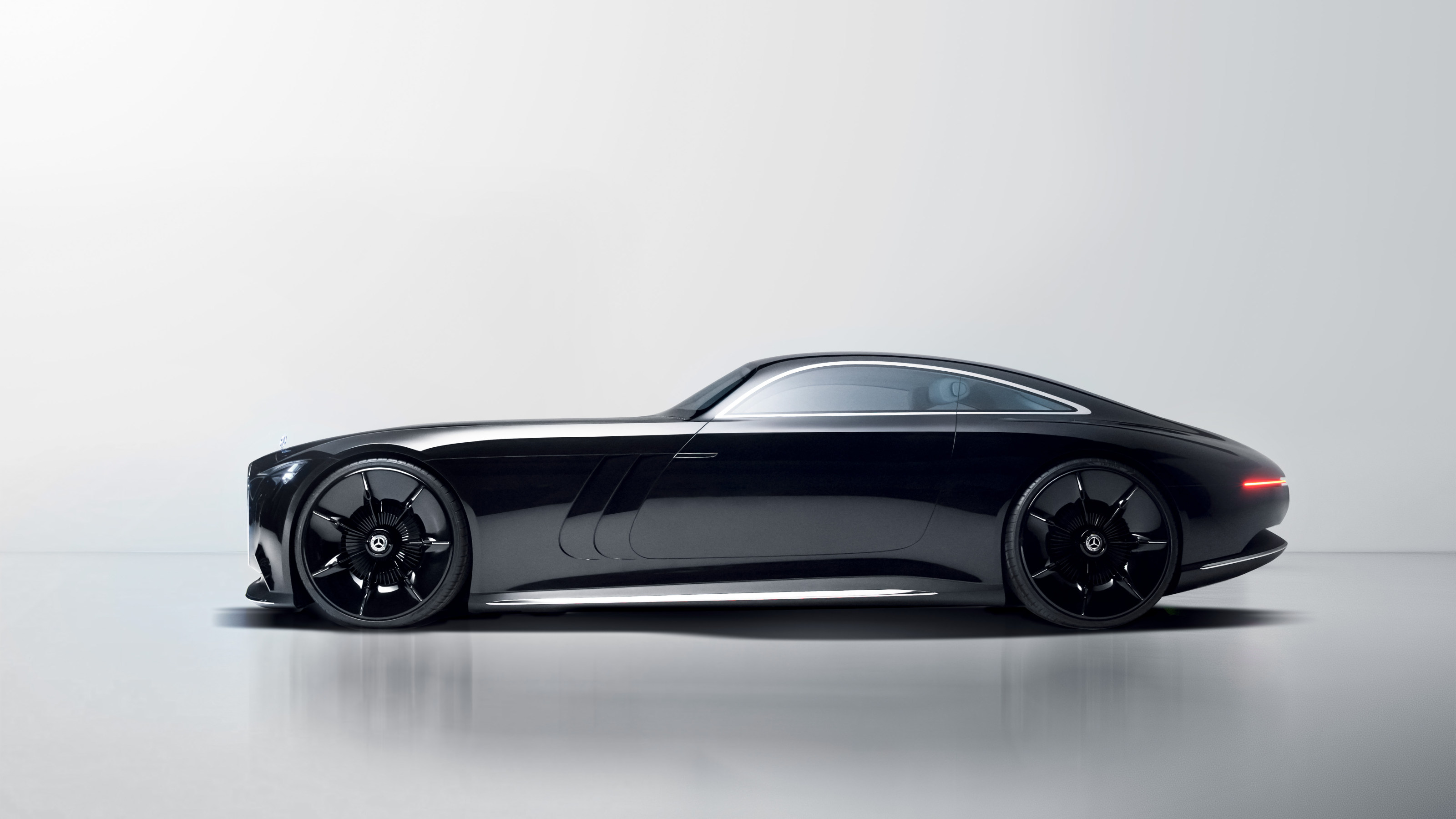 The Mercedes-Benz Vision Iconic is automotive haute couture, a concept with cinematic style
The Mercedes-Benz Vision Iconic is automotive haute couture, a concept with cinematic styleThe Vision Iconic concept makes a play for a new approach to future luxury, blending art-deco excess with neo-gothic trimmings and monumental scale